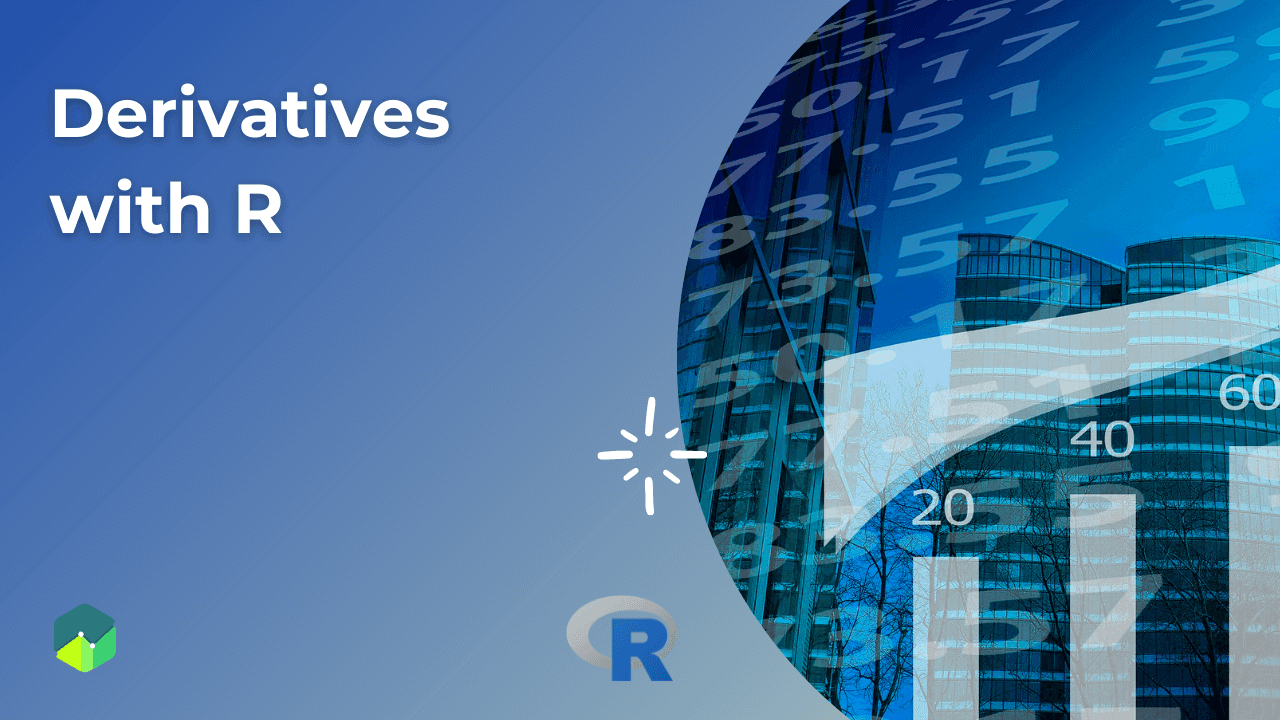Courses
Browse our collection of 141 courses designed for finance professionals
All
R Programming
Python
Machine Learning
Data Analysis & Visualization
Securities & Markets
Financial Analysis
Statistical Methods
Investment Management
Risk Management

Getting Started with R Programming

Data Visualization with R
Learn how to create beautiful data visualizations in R using Base R graphics and ggplot2

Credit Risk Modelling in R

Financial Time Series Analysis in R

Quantitative Trading Strategies in R

Derivatives with R

Portfolio Analysis in R

Getting Started with Python

Data Manipulation Using Pandas - Part 1

Python for Data Science

Machine Learning in Finance Using Python

R Programming for Data Science

Introduction to Statistics

Overview of Equity Securities

Cost of Capital

Measures of Leverage

Core Accounting Concepts

Value at Risk

The Foreign Exchange Market

The Stock Market

Finance for Non-finance Managers
Page 1 of 7

